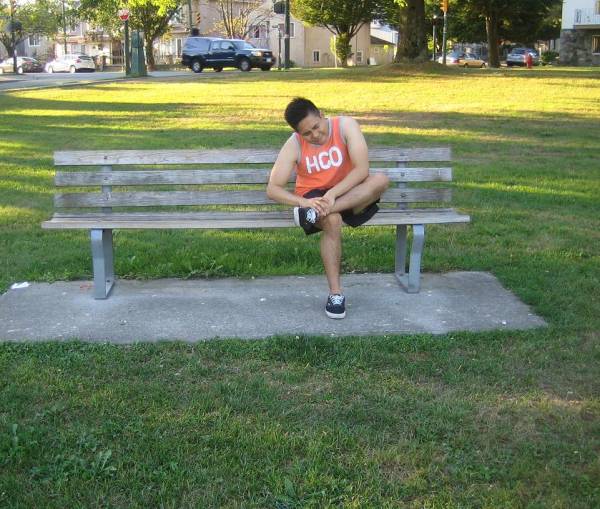An ingrown toenail can develop if the corners or edges of the nail grow into the skin close to the nail. In most cases, the big toe is likely to end up with an ingrown toenail. This can be managed at home though. On the other hand, it can oftentimes lead to complications that might necessitate medical care. One is at higher risk for complications if he/she has diabetes or other conditions that cause poor circulation in the body.
What are the causes?
Anyone can end up with an ingrown toenail. Cases among teenagers are more common especially those who have sweatier feet. Older adults might also be at risk since their toenails become thicker with age.
Common causes of an ingrown toenail include the following:
- Injury to the toenail
- Trimming the toenails incorrectly such as angling at the sides which encourages the nail to grow into the skin
- Having curved, irregular toenails
- Footwear that puts significant pressure on the big toe
- Poor posture
Skin adjacent to the nail becomes swollen, tender or hard - Poor foot hygiene
Indications of an ingrown toenail
Remember that an ingrown toenail can cause significant pain that becomes worse in stages. It is vital to deal with the affected toenail as soon as possible.
Early symptoms
- Skin adjacent to the nail becomes swollen, tender or hard
- Pressure around the toe is painful
- Fluid accumulates around the affected toe
Once the skin becomes infected, the symptoms might include the following:
- Pain
- Reddened, swollen skin
- Oozing pus
- Bleeding
- Overgrowth of skin surrounding the toe
Management
An ingrown toenail that is not infected can be treated at home. Nevertheless, if the toenail was able to pierce the skin or there are indications of infection, it is best to seek medical care. The indications of infection include oozing pus, warmth, swelling and redness.
Home treatment
When treating an ingrown toenail at home, the following measures can be carried out:
- Soak or immerse the feet in warm water 3-4 times throughout the day.
- Push the skin away from the edges of the toenail using a cotton ball that has been soaked in olive oil.
- Over-the-counter medications such as acetaminophen can be given for the pain.
- Apply a topical antibiotic to reduce the risk for infection
In case a toenail does not respond to home remedies, surgery might be needed.
Preventive measures
An ingrown toenail can be prevented with the help of several measures.
- Cut or trim the toenails straight across to ensure that the edges will not curve in.
- Wear properly fitting shoes, tights and socks
- Do not trim the toenails too short
- When working in hazardous areas, it is best to wear steel-toe boots
If an individual has toenails that are unusually thick or curved, surgery might be required to prevent an ingrown toenail from developing.


